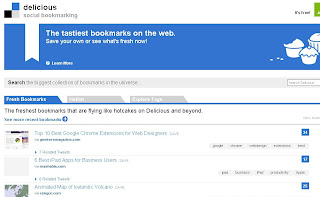In work world or education world, power point slides is a common things. By using power point on presentation, we hope that our audience could be informed, clarity and understanding. Designing your power point slides in the right track will catch audience attention. Morkes, J and Nielsen J (1997) found out that 47% higher when the text was scannable in web pages. How about print document? Readers also tend to read scannable on finding the information that they want. Therefore, document designer need to understand the principles of design to reflect the qualities of your document towards your audience. (Reep ,2006)
Balance - the comparable visual "weight" on both sides of a page. In #1 example is a theory slides whereby it full of text the topic could make the audience boring. Reep (2006), readers do not only read the printed words, but they also read the visual presentation of text. Therefore, in power point slide show, too many words /clutter is not a good design because readers are tend to be scannable (Nielsen 1997).

Proportion - refers to the size and placement of text, graphic aids, and format elements on the page.
-Point form
-Key words/highlighted color
-White space between the theory and the text, it looks more proportion and make the reader more atractive.
To avoid monotonous for readers, it could be interfere with the typeface. Benhardt, A (1986) . In one design, 2 or 3 typeface are maximum.Like #2, the title and words are using different typeface and size. So that, readers can differenciate the topic and the points. If we do more than that, your design will look un-proportion. (#2).
Sequence - refers to the arrangement of design features.
Topics are introduced and broken down in the initial section, Bernhardt, A (1986). Like in #1 and #2, the arrangement of design features are based on the sequence which are start from the topic, point, and example.
In coclusion, no matter in the print or online design, document designer need to understand the 4 basic principles design by Reep, D (2006).
References:
Benhardt, A S 1986, Seeing the Text, College Composition and Communication, vol 37, pp.66-78.
Morkes,J and Nielsen, J 1997, Concise, Scannable, and Objective: How to write for the Web, retrieved online on 19 April 2010, from:http://www.useit.com/papers/webwriting/writing.html
Reep,D C 2006, 'Chapter 6: Document design' in Technical writing: Principles, strategies and readings, 6th ed. Pearson Longman, NY.
Schelle, T 2009, The purpose of a Power Point, retrieved online on 19 April 2010, from: http://ezinearticles.com/?The-Purpose-of-a-PowerPoint-Presentation&id=2576848
















